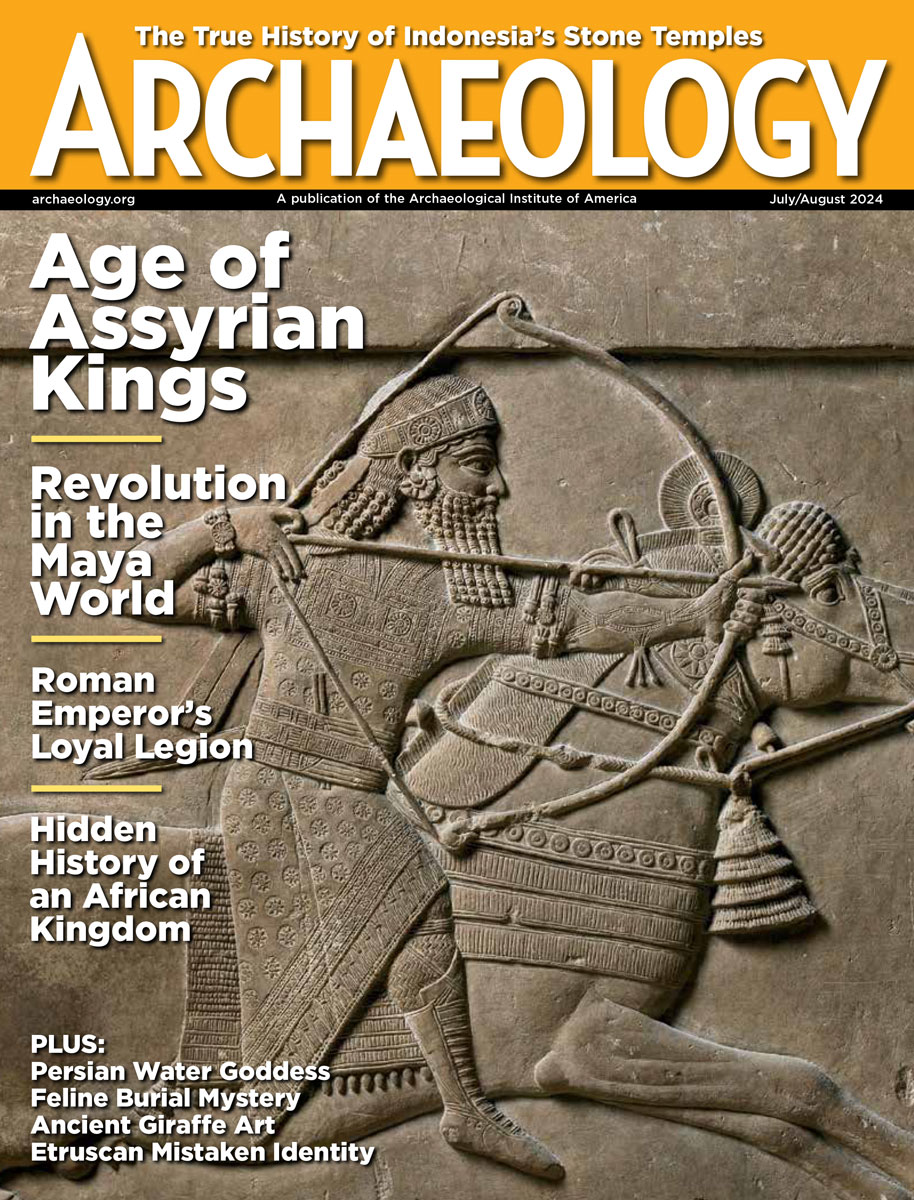Thursday, January 15
January 15, 2009
A mass grave containing the remains of 1,800 people killed at the end of World War II has been uncovered in Malbork, Poland, once Marienburg, Germany. Some had died of gunshot wounds, but many are thought to have died of hunger and cold.
California’s state archaeologist E. Breck Parkman is investigating the Burdell Mansion, also known as “the White House of hippiedom.” The house burned down in 1969. “The ‘60s were a very interesting and tumultuous decade, and in 50 to 100 years it will be a very important decade for historians to talk about and study,” said Parkman. Â
High school students on St. Maarten are excavating a twentieth-century bridge that had silted up. “Only a few people even know the bridge structure still exists. We want to measure the bridge dimensions and make artifact collections from the fill sand under the bridge, sealed there from the 1950s,” said archaeologist Jay Haviser. Â
Here’s more information on the oldest building in New Zealand, a 700-year-old Maori home that was discovered while bones excavated decades ago were returned to the earth. Â
The new study of Nazca trophy heads published in the Journal of Anthropological Archaeology is also still in the news. Analysis of tooth enamel from the heads, and Nazca mummies, has shown that the heads and the mummies came from the same population. “We argue that transforming local Nazca individuals into trophy heads highlights their ritual role,” concluded researchers Ryan Williams of Chicago’s Field Museum of Natural History, and lead author Kelly Knudson of Arizona State University in Tempe. Â
Weapons are the subject in this article combining rehashed news on MSNBC, including an anatomy study suggesting that Neanderthals lacked spear-throwing technology; the discovery of the use of bitumen on stone points by Neanderthals; and the earliest use of bows and arrows.
- Comments Off on Thursday, January 15









